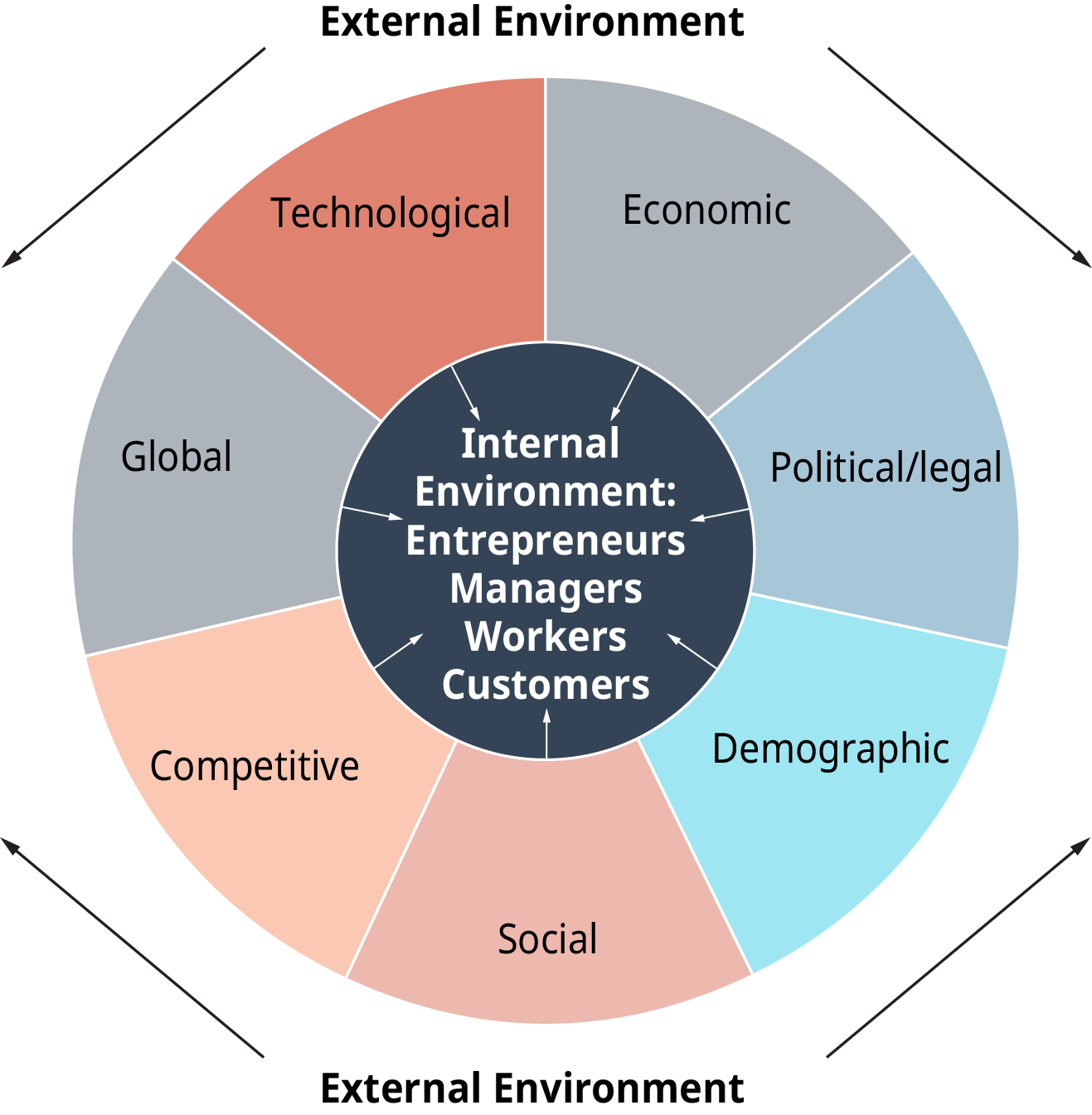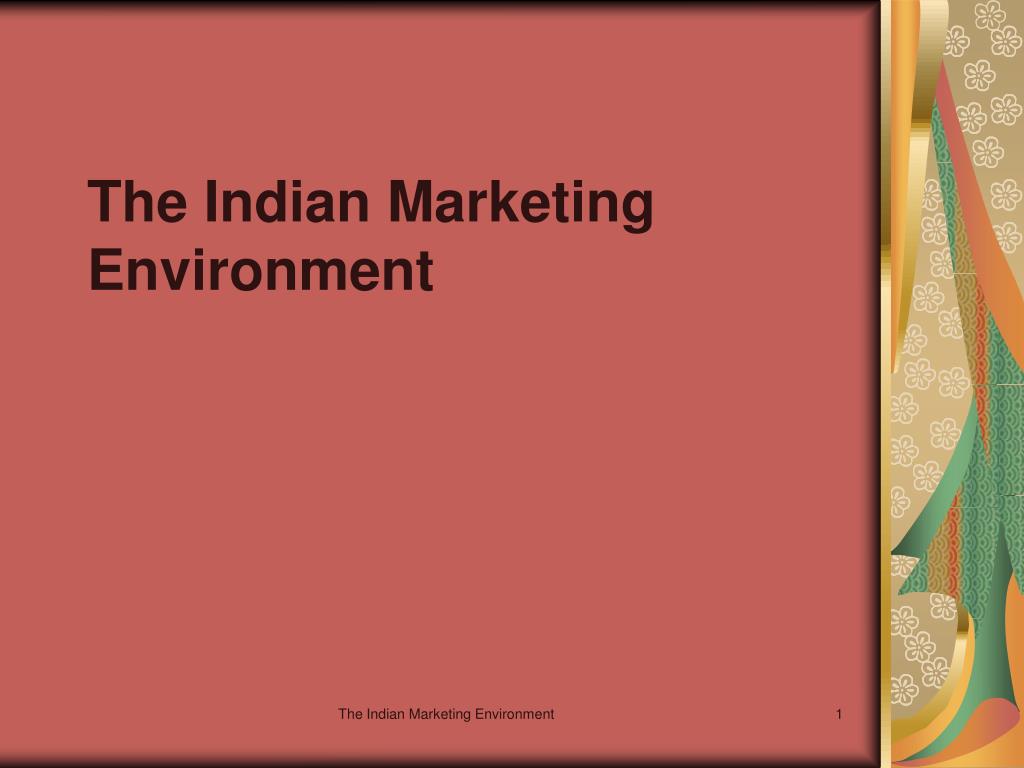Marketing Environment And Indian Marketing Environment Presentation
| Introduction | ||
|---|---|---|
| Marketing environment refers to the external forces and factors that affect a company's ability to build and maintain successful customer relationships. It includes both the macro environment (economic, political, socio-cultural, technological, and legal forces) and the micro environment (customers, competitors, suppliers, intermediaries). Understanding the marketing environment is crucial for developing effective marketing strategies. | ||
| 1 | ||
| Macro Environment | ||
|---|---|---|
| The Indian marketing environment is influenced by various macro factors. Economic factors, such as GDP growth, inflation, and disposable income, impact consumer purchasing power and market demand. Political factors, like government policies, regulations, and stability, can affect market entry, trade, and business operations. | ||
| 2 | ||
| Macro Environment (continued) | ||
|---|---|---|
| Socio-cultural factors, such as demographics, social values, and lifestyle trends, influence consumer behavior and market preferences. Technological factors, including advancements in communication, manufacturing, and information systems, shape marketing strategies and channels. Legal factors, such as consumer protection laws and intellectual property regulations, impact product development, advertising, and competition. | ||
| 3 | ||
| Micro Environment | ||
|---|---|---|
| The micro environment of Indian marketing is defined by key stakeholders. Customers are the central focus and understanding their needs, preferences, and buying behavior is crucial. Competitors play a significant role in shaping market dynamics, pricing strategies, and product differentiation. | ||
| 4 | ||
| Micro Environment (continued) | ||
|---|---|---|
| Suppliers provide essential resources, and strong supplier relationships are vital for quality, cost, and innovation. Intermediaries, such as distributors, retailers, and wholesalers, facilitate product distribution and influence market access and reach. Your third bullet | ||
| 5 | ||
| Indian Marketing Environment | ||
|---|---|---|
| India's marketing environment is characterized by a large and diverse consumer base. The country's rapid urbanization and growing middle class present opportunities for market expansion and new product introductions. Cultural diversity and regional variations necessitate localized marketing strategies and understanding consumer preferences. | ||
| 6 | ||
| Indian Marketing Environment (continued) | ||
|---|---|---|
| Digitalization and the rise of e-commerce have transformed marketing channels and consumer behavior in India. Government initiatives like "Make in India" and "Digital India" aim to promote domestic manufacturing and digital connectivity, impacting marketing strategies. Your third bullet | ||
| 7 | ||
| Key Challenges in Indian Marketing Environment | ||
|---|---|---|
| Infrastructure limitations, such as inadequate transportation and logistical networks, pose challenges for efficient distribution and market reach. Price sensitivity and intense competition require companies to develop cost-effective marketing strategies and value propositions. Regulatory complexities and bureaucratic processes can hinder business operations and market entry. | ||
| 8 | ||
| Opportunities in Indian Marketing Environment | ||
|---|---|---|
| Rising disposable incomes and changing consumer aspirations create opportunities for premium and aspirational product segments. Increasing internet penetration and digital literacy open avenues for online marketing, social media engagement, and e-commerce platforms. Government initiatives promoting sustainable development and renewable energy present opportunities for green marketing and eco-friendly products. | ||
| 9 | ||
| Conclusion | ||
|---|---|---|
| The marketing environment, both globally and in India, is dynamic and ever-changing. Companies must continuously monitor and adapt to macro and micro environmental factors to remain competitive and meet customer expectations. Understanding the Indian marketing environment's unique characteristics and opportunities is crucial for successful market entry and growth. | ||
| 10 | ||








